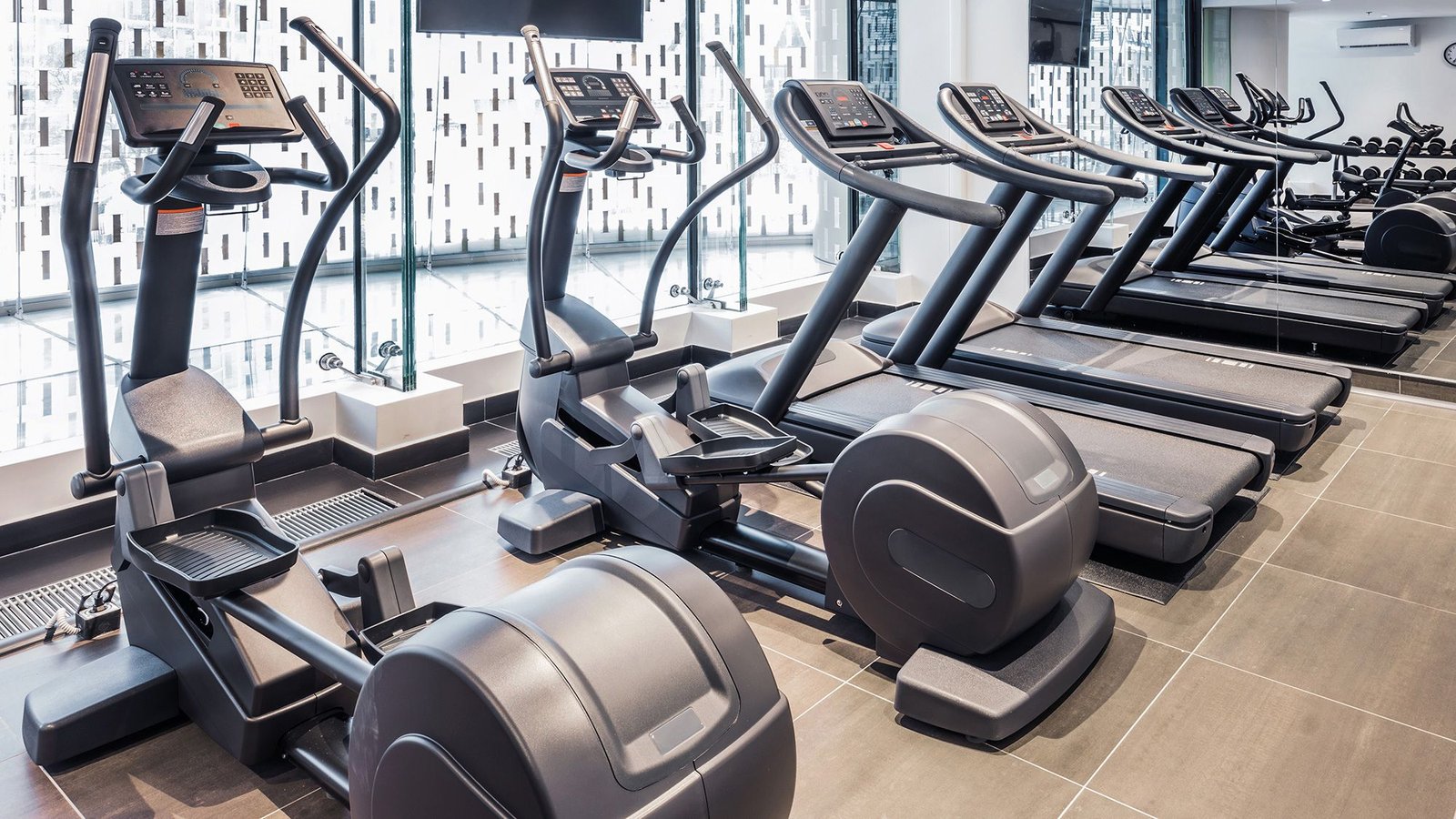Embarking on a fitness journey requires careful consideration of the gym equipment that will support your goals. Whether setting up a home gym or enhancing an existing one, selecting the appropriate equipment is crucial for effective workouts and achieving desired results.
Understanding Your Fitness Goals
The first step in selecting the right gym equipment is understanding your fitness objectives. Whether your aim is weight loss, muscle building, improving cardiovascular health, or increasing flexibility, different equipment types cater to these specific goals. For instance, treadmills and ellipticals are ideal for cardiovascular workouts, while free weights and resistance machines are suited for strength training.
Types of Gym Equipment
Gym equipment can be broadly categorised into cardiovascular, strength training, and flexibility or balance equipment. Cardiovascular equipment includes treadmills, stationary bikes, and rowing machines, which help improve heart health and burn calories. Strength training equipment encompasses free weights, cable machines, and benches, essential for building muscle mass and strength.
Flexibility and balance equipment include yoga mats, stability balls, and resistance bands. These are vital for improving overall body flexibility and core strength, supporting daily activities and preventing injuries.
Space Considerations and Maintenance
When choosing gym equipment, it is essential to consider the available space. Equipment such as large treadmills or multi-station gyms require ample space for safe and effective use. Measure your space and compare it with equipment dimensions to ensure a perfect fit.
Maintenance is another crucial factor; some equipment demands regular upkeep, such as lubrication and calibrations, to ensure longevity and efficient performance.
Quality and Durability
Investing in high-quality, durable gym equipment is important as it often results in better performance and longevity. Brands such as Life Fitness are renowned for their robust equipment that withstands frequent use. Check for warranties and read reviews to ensure you are purchasing reliable products.
Budget Considerations
Setting a budget is vital when choosing gym equipment. While it might be tempting to purchase cheaper equipment, investing in quality gear is often more cost-effective in the long run. Consider financing options or gym equipment packages that might offer better value.
Versatility and User-Friendly Features
Choose equipment that offers multiple functionalities to get the most out of your investment. Versatile equipment, like adjustable weight systems or multifunctional fitness stations, can cater to various exercise needs.
Furthermore, ensure that the equipment is user-friendly and fits comfortably within your routine. Features such as digital displays, preset programmes, and easy adjustments enhance user experience.
Consulting Professionals
Seeking advice from fitness professionals when selecting gym equipment is often beneficial. Personal trainers or gym equipment specialists can offer insights into what equipment best suits your fitness level and objectives.
Avoiding Common Pitfalls
Avoid purchasing equipment based on trends or perceived demand. It is crucial to focus on equipment that addresses your specific fitness needs rather than following popular choices.
Additionally, ensure that safety features, such as emergency stop handles on treadmills, are available and functioning correctly to prevent accidents.
Final Thoughts
Choosing the right gym equipment involves a balanced approach to preferences, needs, and practical considerations. By focusing on quality, suitability, and usability, you can significantly enhance your fitness journey and achieve your health goals effectively.
Life Fitness offers a range of reliable gym equipment designed to suit various fitness levels and goals. Investing in the right tools is pivotal to maintaining an active and healthy lifestyle.





